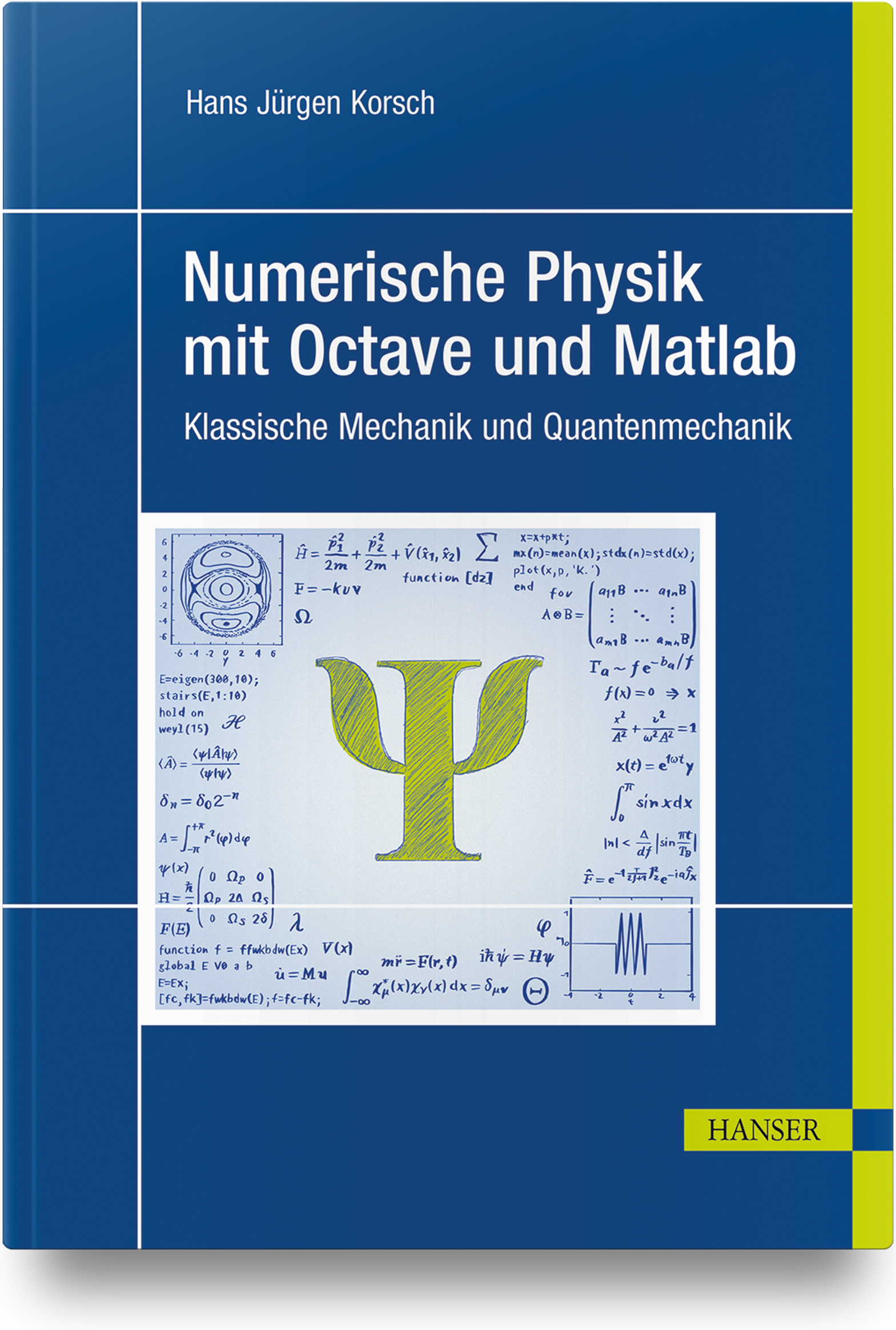- ISBN: 978-3-446-42871-3
- Buchangaben: 1. Edition, 02/2012
452 Pages, PDF
Beschreibung
Engineering with Rubber
This book provides the beginning engineer with the principles of rubber science and technology: what rubber is, how it behaves, and how to design engineering components with rubber.
It introduces the reader to the principles on which successful use of rubber depends and offers solutions to the questions engineers in rubber processing face every day:
- How is an elastomer chosen and a formulation developed
- Why is rubber highly-elastic and relatively strong
- How to estimate the stiffness and the strength of a product
- How to guarantee high quality and durability
The authors describe current practices in rubber engineering. At the end of each chapter, sample questions and problems (together with solutions) are provided, allowing the reader to gauge how well he/she has mastered the material.
Contents:
- Materials and Compounds
- Elasticity
- Dynamic Mechanical Properties
- Strength
- Mechanical Fatigue
- Durability
- Design of Components
- Finite Element Analysis
- Test and Specifications.
It introduces the reader to the principles on which successful use of rubber depends and offers solutions to the questions engineers in rubber processing face every day:
- How is an elastomer chosen and a formulation developed
- Why is rubber highly-elastic and relatively strong
- How to estimate the stiffness and the strength of a product
- How to guarantee high quality and durability
The authors describe current practices in rubber engineering. At the end of each chapter, sample questions and problems (together with solutions) are provided, allowing the reader to gauge how well he/she has mastered the material.
Contents:
- Materials and Compounds
- Elasticity
- Dynamic Mechanical Properties
- Strength
- Mechanical Fatigue
- Durability
- Design of Components
- Finite Element Analysis
- Test and Specifications.
Engineering with Rubber
This book provides the beginning engineer with the principles of rubber science and technology: what rubber is, how it behaves, and how to design engineering components with rubber.
It introduces the reader to the principles on which successful use of rubber depends and offers solutions to the questions engineers in rubber processing face every day:
- How is an elastomer chosen and a formulation developed
- Why is rubber highly-elastic and relatively strong
- How to estimate the stiffness and the strength of a product
- How to guarantee high quality and durability
The authors describe current practices in rubber engineering. At the end of each chapter, sample questions and problems (together with solutions) are provided, allowing the reader to gauge how well he/she has mastered the material.
Contents:
- Materials and Compounds
- Elasticity
- Dynamic Mechanical Properties
- Strength
- Mechanical Fatigue
- Durability
- Design of Components
- Finite Element Analysis
- Test and Specifications.
It introduces the reader to the principles on which successful use of rubber depends and offers solutions to the questions engineers in rubber processing face every day:
- How is an elastomer chosen and a formulation developed
- Why is rubber highly-elastic and relatively strong
- How to estimate the stiffness and the strength of a product
- How to guarantee high quality and durability
The authors describe current practices in rubber engineering. At the end of each chapter, sample questions and problems (together with solutions) are provided, allowing the reader to gauge how well he/she has mastered the material.
Contents:
- Materials and Compounds
- Elasticity
- Dynamic Mechanical Properties
- Strength
- Mechanical Fatigue
- Durability
- Design of Components
- Finite Element Analysis
- Test and Specifications.
Customer evaluation for "Engineering with Rubber"
Write an evaluation
Evaluations will be activated after verification.
Cover Downloads
Produktsicherheit<
Carl Hanser Verlag GmbH & Co KG
Kolbergerstr. 22
81679 München
E-Mail: info@hanser.de
Sicherheitshinweis entsprechend Art.9 Abs. 7 Satz 2 GPSR entbehrlich
Carl Hanser Verlag GmbH & Co KG
Kolbergerstr. 22
81679 München
E-Mail: info@hanser.de
Sicherheitshinweis entsprechend Art.9 Abs. 7 Satz 2 GPSR entbehrlich
All books by this author Customers also viewed
All books by this author
Customers also viewed





